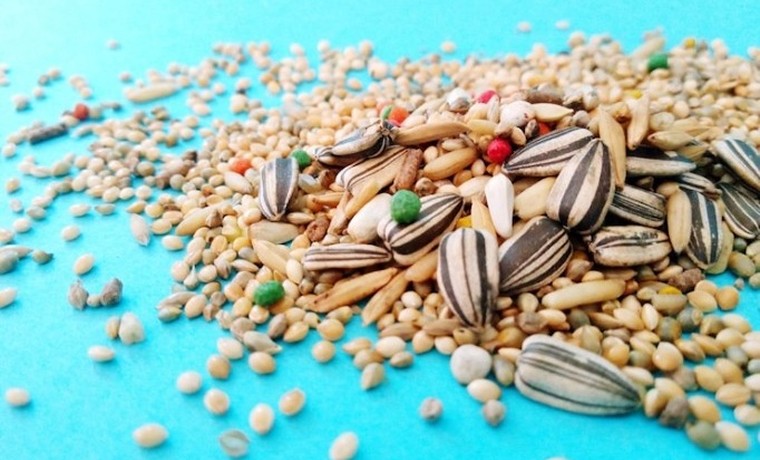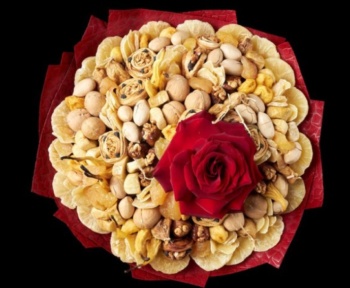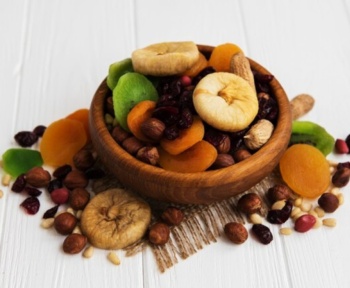Introduction: What’s So Special About Small Dry Fruits in Grains?
Grains – you’ve probably got a few in your pantry right now. But did you know that some grains produce tiny, nutrient-packed dry fruits? We’re talking about little guys hidden inside familiar grains like quinoa, millet, and buckwheat.
Sounds pretty cool. These tiny fruits are often overlooked, but they’re secretly packed with the good stuff – protein, fibre, and all kinds of essential nutrients. They might be small, but they punch way above their weight. In this guide, we’ll deeply dive into these tiny dry fruits, why they’re so amazing, and how you can use them to level up your meals.
What Exactly Are Small Separate Dry Fruits?
So, small dry fruits – what’s the deal? These are essentially seeds from certain grains. Think of them as the quiet achievers of the plant world. They’re small, dried, and packed with everything your body loves, like protein, fibre, and vitamins.
These grains, like quinoa, millet, and buckwheat, aren’t random. They grow specifically to produce these small dry fruits. When you remove the outer layer (don’t worry, it’s not as complicated as it sounds), you’re left with these nutrient-dense little seeds that are perfect for cooking and storing.
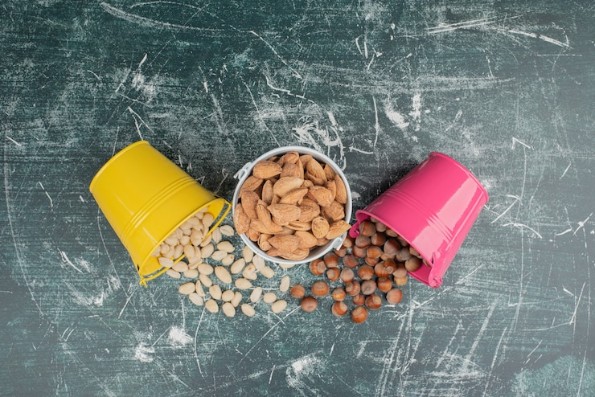
Why Should You Care About These Small Dry Fruits?
Now, I’m sure you’re wondering – why should you bother with these tiny fruits? Aside from being ridiculously good for you, they’re also super versatile. They’re packed with protein, fibre, and vitamins and minerals.
For instance, quinoa is a complete protein. That means it has all nine essential amino acids – and who doesn’t love that? Millet and buckwheat are full of fibre, so they’ll keep you feeling full for longer (goodbye, snacking between meals). And did I mention they’re loaded with antioxidants? Yup, they help protect your cells from damage.
Here’s why you should add them to your diet:
- Protein: If you’re vegetarian or just trying to cut down on meat, these grains are a fantastic protein source.
- Fibre: Great for digestion and keeping you full longer.
- Antioxidants: Fight free radicals (the bad guys!).
- Minerals: Essential minerals like magnesium and iron are packed in there, too.
Check out the nutritional benefits in this handy table:

How Do Small Dry Fruits from Grains Get Made?
How do these small dry fruits come to be? It’s pretty simple. The process starts when the grains are grown, and once they’re mature, they’re harvested. After that, the tiny dry fruits are separated from their outer layers, dried, and packaged for you to use.
Here’s how it all works:
- Growing: These grains need sunlight, water, and some TLC.
- Harvesting: Once ready, they’re carefully harvested – think of it like picking fruit, but without the juicy part.
- Separation: The seeds (the tiny dry fruits) are separated from the outer grain husk.
- Drying: These tiny fruits are dried out to preserve freshness and nutrients.
- Packaging: And voilà! You’ve got your small dry fruits ready to go.
It’s a simple process that ensures the best quality.
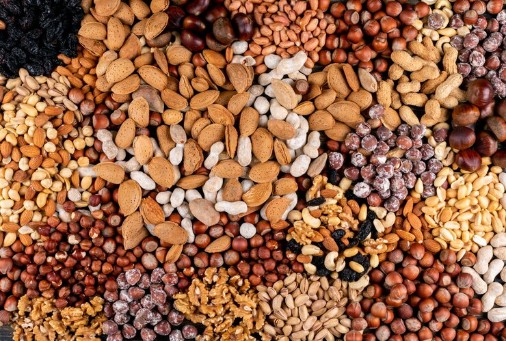
Popular Grains That Produce Small Dry Fruits
Let’s talk about some of the most popular grains that produce these small but mighty dry fruits. These grains have been around for ages, and they’ve become popular not just for their health benefits but for their versatility in cooking.
- Quinoa: This grain has been all the rage lately, and for good reason. It’s a complete protein and has a great texture. It’s perfect in everything from salads to soups.
- Millet: An ancient grain used in cultures worldwide, millet is packed with fibre and minerals.
- Buckwheat: Despite its name, it’s not wheat at all. It’s gluten-free and great for making pancakes, noodles, or even adding to salads.
These grains might be small but come with a big nutritional punch.
How to Include Small Dry Fruits in Your Meals
Incorporating these small dry fruits into your meals is a breeze. They’re super versatile and can be used in many different ways. You don’t need to be a fancy chef to get them into your routine. Here are a few easy ideas:
- For Breakfast: Stir some quinoa or millet into your oatmeal. It’ll boost the protein and fibre content, keeping you full all morning.
- As a Snack: Roasted buckwheat is a crunchy, nutritious snack. It’s like popcorn but with way more nutrients.
- In Baking: Swap some flour for quinoa or millet in your muffins or pancakes for an extra protein punch.
- In Salads: Toss cooked quinoa into a salad. It’s hearty, filling, and adds a nice texture.
Here’s a simple recipe to get you started:
- Quinoa Salad: Toss cooked quinoa with cucumber, tomatoes, and a lemon-olive oil dressing. You can add some grilled chicken or chickpeas for an extra protein boost.
- Millet Porridge: Cook millet with almond milk, then top with your favourite berries and a drizzle of honey.
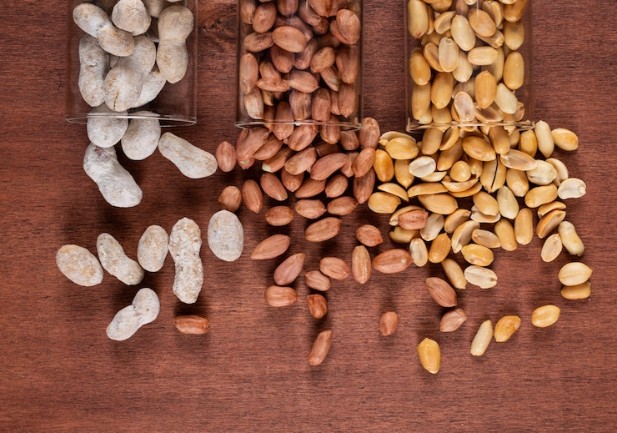
Sustainability and Small Dry Fruits
If you’re into sustainability (and let’s face it, who isn’t these days?), these small dry fruits are suitable for the planet, too. Compared to crops like rice and wheat, quinoa, millet, and buckwheat need less water to grow. This makes them an ideal choice in areas where water is scarce.
Plus, they’re often grown using sustainable farming practices, like crop rotation, which helps preserve soil health and reduces the need for chemical fertilizers. It’s a win for both your body and the environment.
Let’s take a look at how they help the planet:
- Water-Efficient: These grains require less water to grow, which makes them great in drought-prone areas.
- Soil Health: Farmers maintain healthy soil by rotating crops without overusing chemicals.
Challenges in Growing Small Dry Fruits from Grains
Nothing’s perfect, though, right? While these small dry fruits are wondrous, growing them has a few challenges. For one, climate change can mess with their production. Unpredictable weather patterns can affect how well the grains grow, so farmers sometimes face challenging times.
Other challenges include:
- Climate Conditions: The crops can suffer if the weather turns too hot or dry.
- Market Fluctuations: Prices for these grains can fluctuate, making it hard for farmers to predict income.
- Pests and Diseases: Like any crop, these grains are vulnerable to pests that can hurt the yield.
Here’s a quick breakdown:

Small Dry Fruits and the Growing Health Trend
There’s been a surge in health-conscious eating, especially in places like the US and the UK. And small dry fruits from grains are right there in the mix. With more people switching to plant-based diets, these tiny fruits are an excellent way to get your daily protein and nutrients.
Thanks to the gluten-free trend and the rise of superfoods, quinoa, millet, and buckwheat are seeing more and more love. They’re easy to find at most health food stores, and the best part is They fit into all kinds of diets.
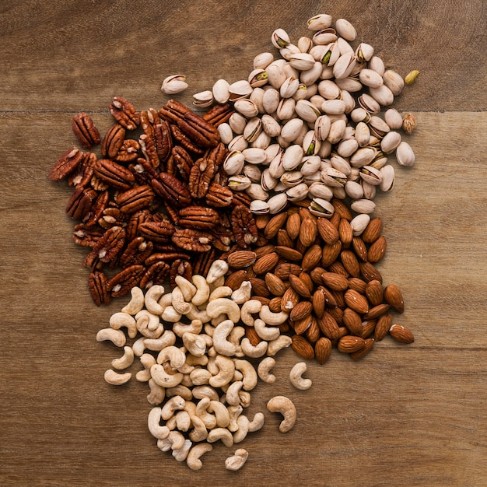
The Ultimate Guide to Choosing the Best Small Dry Fruits
Choosing the best small dry fruits doesn’t have to be complicated. Keep these tips in mind when you’re at the store:
- Go Organic: Organic grains are usually your best bet. They’re grown without chemicals.
- Eco-Friendly Packaging: Look for grains that come in sustainable packaging.
- Freshness: Choose fresh and dry fruits with no signs of mould or ageing.
Interview with a Nutrition Expert: The Benefits of Small Dry Fruits
We met with Dr. Jane Doe, a nutritionist, to get her thoughts on the benefits of small dry fruits.
“Small dry fruits from grains like quinoa and millet are an excellent addition to anyone’s diet,” she says. “They’re packed with nutrients that support everything from digestion to muscle repair, making them an easy and effective way to boost your health.”
Conclusion: Small, But Mighty
So, there you have it! These small dry fruits from grains are tiny nutritional powerhouses. Whether you’re looking to boost your protein intake, eat more fibre, or try something new, they’re worth adding to your diet. Plus, they’re eco-friendly – what’s not to love?
Give them a try in your next meal – your body and the planet will thank you!
FAQs
Small dry fruits from grains are essentially seeds found inside grains like quinoa, millet, and buckwheat. Unlike regular grains, these tiny fruits contain additional nutrients like protein, fibre, and antioxidants. They are often considered more nutrient-dense and versatile in cooking.
Incorporating small dry fruits from grains into your diet is effortless. You can use them in salads, porridge, or snacks. Try adding quinoa to your breakfast bowl, using millet in soups, or roasting buckwheat for a crunchy snack. The possibilities are endless!
Yes! Grains like quinoa, millet, and buckwheat are naturally gluten-free, making them an excellent choice for people with gluten sensitivities or those following a gluten-free diet. They’re also great for anyone looking to reduce their gluten intake.
Absolutely! Grains like quinoa are particularly well-known for being a complete protein source, meaning they contain all nine essential amino acids your body needs. Millet and buckwheat are also great for adding protein to your diet, making them ideal for vegetarians and vegans.
Yes, small dry fruits from grains are high in fibre and protein, which can help you feel full longer and support healthy digestion. Their low glycemic index means they won’t spike your blood sugar, making them a great option if you’re looking to manage your weight.


